12 Lost Truths About Letter Writing That Made It So Special
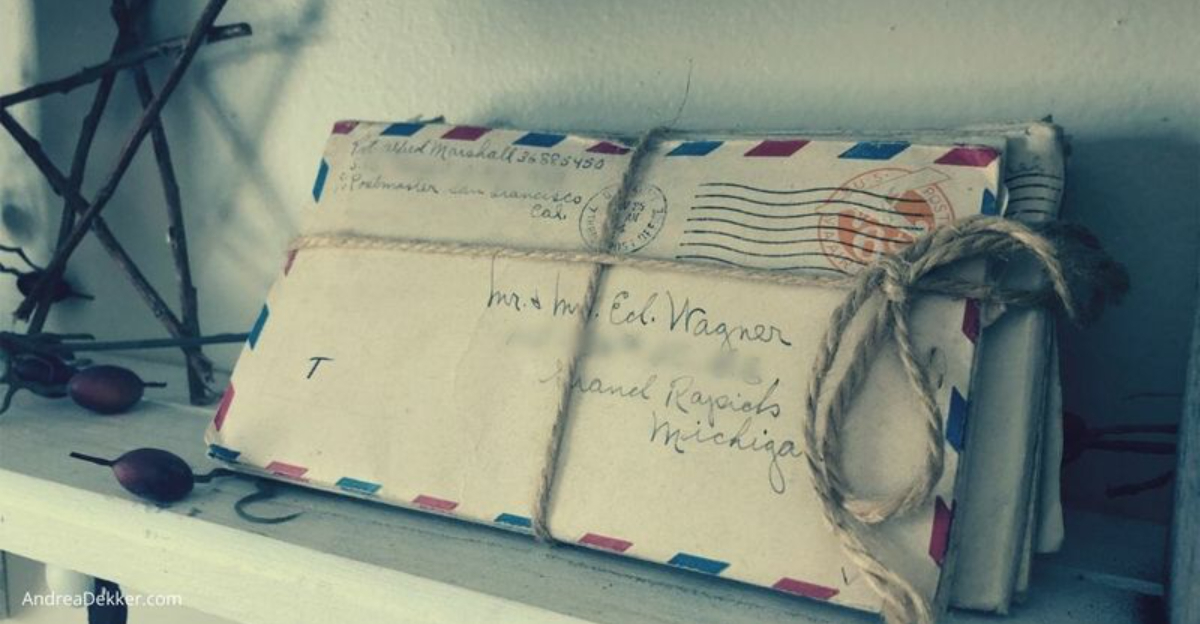
Remember when we used to eagerly check our mailboxes, hoping to find a handwritten letter tucked between the bills and flyers?
I still get a flutter of excitement whenever I spot a personal envelope, its familiar handwriting hinting at something special inside. Before emails and instant messages took over, letter writing was a cherished art form—a thoughtful, intimate way to stay connected across miles and time zones.
Every carefully chosen word, every doodle in the margins, every crease in the paper told a story. There was something deeply personal about waiting days, even weeks, for a reply, knowing someone had taken the time to write just for you.
These forgotten rituals of pen-and-paper communication remind us why this fading tradition still holds a nostalgic place in so many hearts today.
1. The Delicious Anticipation of Waiting
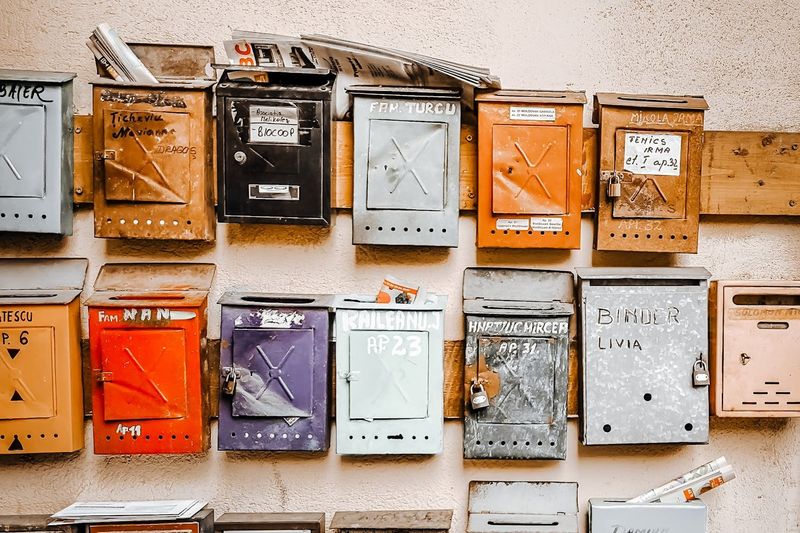
Nothing matched the sweet torture of waiting for a reply to arrive! I once spent three weeks checking my mailbox daily after writing to my childhood pen pal in Japan. The anticipation itself became a pleasure—a slow-burning excitement our instant-gratification world has nearly forgotten.
Unlike texts that demand immediate responses, letters created a natural pause in conversation. This breathing room allowed thoughts to deepen and feelings to mature between exchanges. People actually looked forward to mail delivery as a highlight of their day.
The waiting cultivated patience and appreciation that made the eventual arrival so much more meaningful. When that letter finally appeared, the joy was exponentially greater than any notification ping could ever produce.
2. Handwriting as a Fingerprint of the Soul
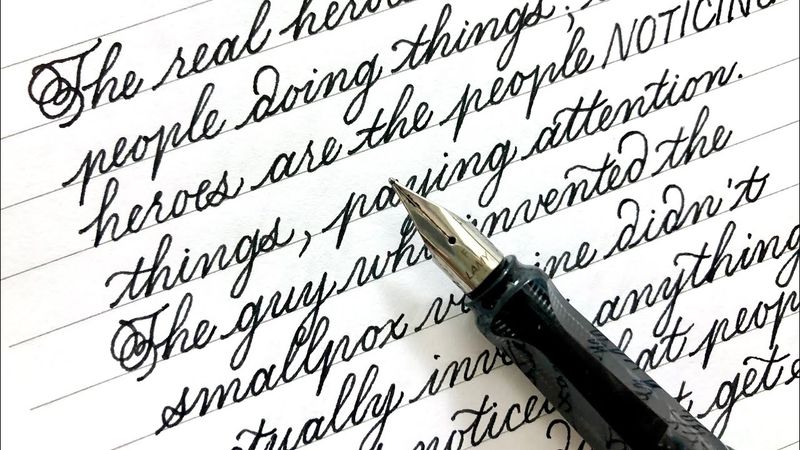
Scrawled cursive or meticulous print—your handwriting revealed more than just words. My grandmother’s elegant script, with its dramatic loops and flourishes, told me she was feeling well even when her words claimed otherwise. Each person’s handwriting carried emotional DNA impossible to replicate in Times New Roman.
The pressure of pen on paper captured mood—angry words pressed deep into the page, while happy thoughts seemed to dance lightly across it. You could trace someone’s rushed excitement or careful contemplation through their penmanship alone.
Handwriting evolved with us, changing subtly throughout our lives. Those familiar with your script could spot your letter in a stack of mail instantly, recognizing that visual voice as uniquely yours.
3. Physical Treasures to Keep Forever
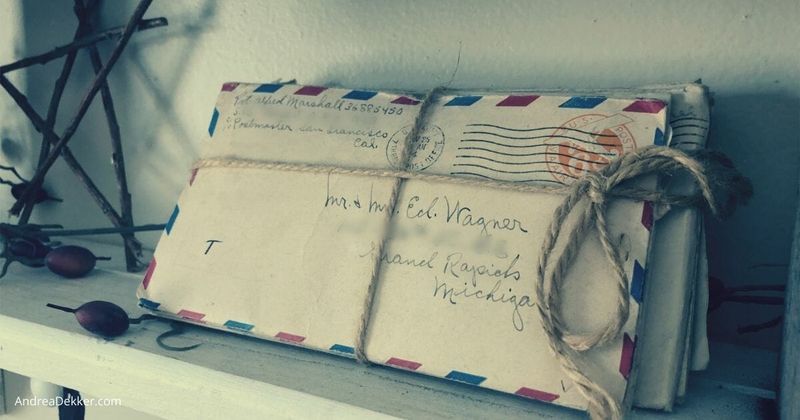
Tucked in my bedside drawer sits a bundle of letters from my first love, tied with a faded ribbon. Unlike deleted emails or vanished texts, these tangible treasures have survived three decades and four moves. Physical letters become artifacts of our personal histories—touchable, smellable connections to moments long past.
Holding the same paper someone else once held creates an almost magical connection across time and space. The coffee stain in the corner, the smudged ink where tears fell—these imperfections make letters irreplaceable records of real human experience.
Letters become family heirlooms, passed down through generations. My children have discovered their grandparents’ love story through yellowed envelopes filled with courtship correspondence that survived when digital messages would have disappeared forever.
4. The Intimate Ritual of Creation
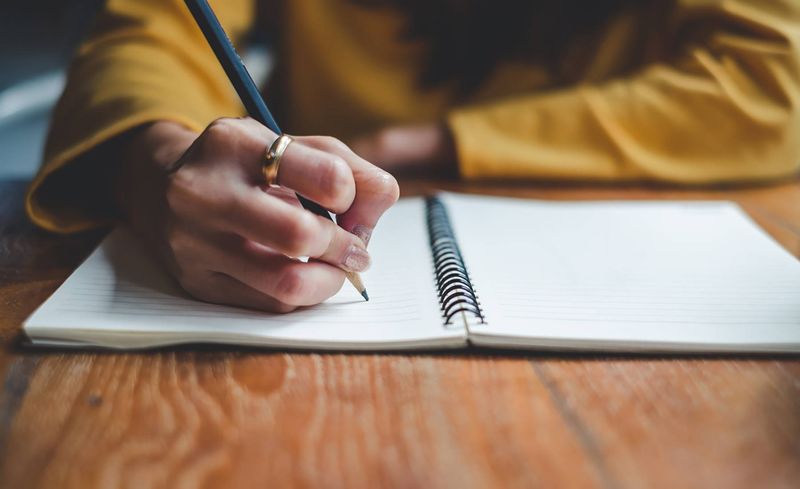
Crafting the perfect letter was a ceremony all its own! I would clear my desk, select just the right stationery, and settle in with a cup of tea before putting pen to paper. This deliberate preparation created a mindful space that texting on the toilet could never match.
The physical act of writing engaged multiple senses—the scratch of pen across paper, the faint scent of ink, the subtle texture beneath your fingertips. Writers considered their words carefully, knowing there was no easy delete button or emoji to clarify meaning.
Many letter-writers developed personal rituals around their correspondence. My father always wrote by lamplight after everyone else had gone to bed, claiming the quiet house helped his thoughts flow more freely onto the page.
5. Unexpected Enclosures and Surprises
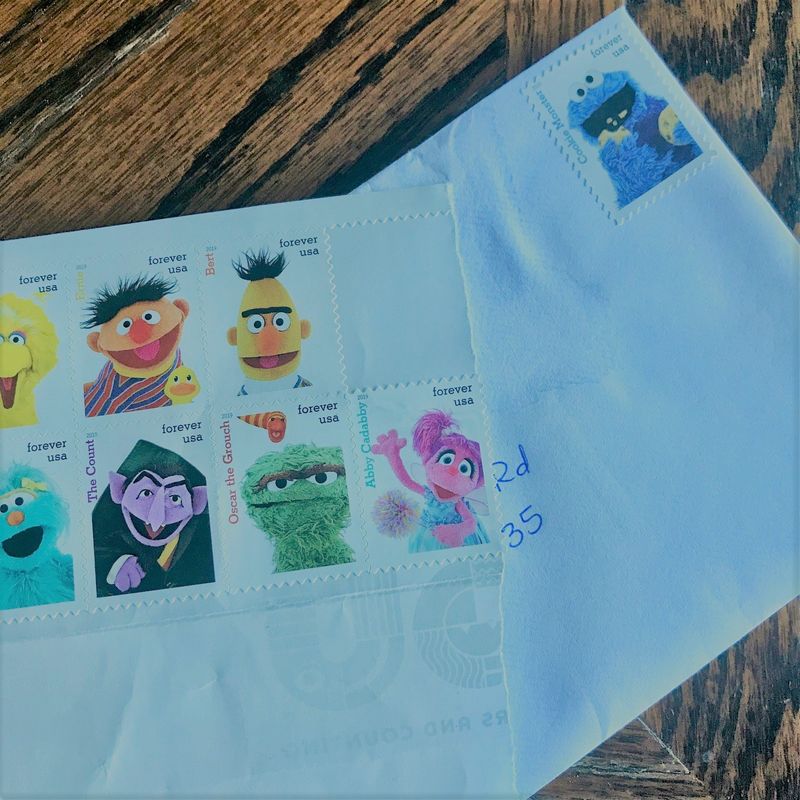
Letters carried more than just words! My college roommate would tuck pressed flowers, ticket stubs, or small drawings into her envelopes—little treasures that tumbled out unexpectedly. These tangible surprises created moments of delight impossible to replicate with a GIF or emoji.
People sent locks of hair, dried leaves from significant places, seeds from their gardens, or photos that couldn’t be instantly shared. Each enclosure required thoughtfulness and planning, making them meaningful extensions of the sender’s world.
The tradition of including small gifts created a physical connection between distant people. I still have a tiny watercolor my aunt painted of her garden view—smaller than a playing card, it traveled 2,000 miles to bring a piece of her world directly into mine.
6. The Geography of Correspondence

Foreign stamps and exotic postmarks told stories before you even opened the envelope! I collected postcards from my traveling uncle, each bearing the distinct postal markings of faraway places that fired my imagination. Every letter carried the invisible journey of its travels embedded in its very fiber.
Return addresses revealed life changes—new cities, marriages that changed last names, or college dormitories that marked transitions. The physical path of a letter connected people across geographical divides in ways that made distance feel more tangible and yet more conquerable.
Letters from distant places often carried subtle evidence of their origins—different paper textures, ink colors, or even faint scents that hinted at their faraway beginnings. My pen pal’s letters from India always smelled vaguely of spices and arrived in envelopes with colorful borders I couldn’t find anywhere in America.
7. The Perfect Canvas for Vulnerability
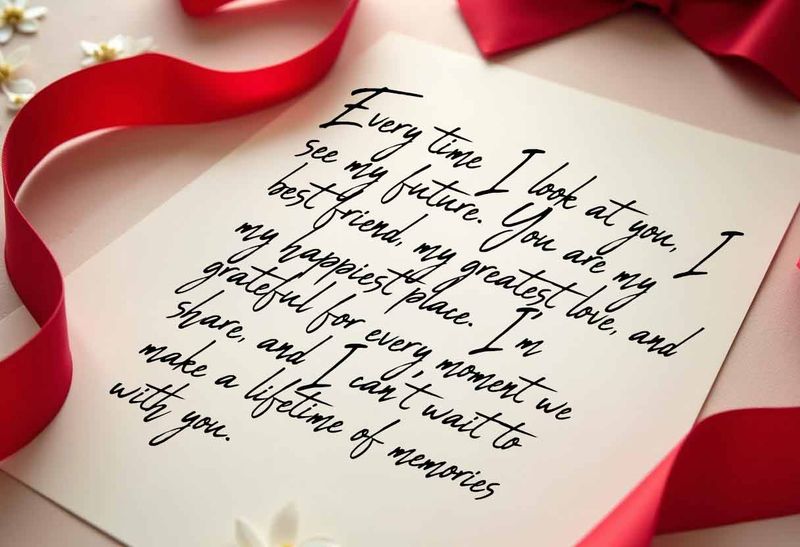
Baring your soul somehow felt safer on paper than face-to-face. After my first heartbreak, I poured feelings into letters I never sent—finding healing in the private confession. The physical distance between writer and reader created a unique space where many found courage to express their deepest truths.
Without the immediate reaction of the recipient visible, letter writers could be more honest and thorough in their emotional expressions. My parents revealed in letters what they struggled to say aloud, creating a written emotional legacy that helped me understand them as complex humans.
The deliberate pace of letter writing allowed for processing emotions while expressing them. Unlike blurting something out in conversation or firing off an angry text, letters encouraged reflection alongside revelation—making them powerful tools for meaningful connection.
8. The Joy of Personalized Stationery

Choosing paper that perfectly reflected your personality was half the fun! My teenage self saved babysitting money for lavender-scented stationery with my initials embossed in silver at the top. This personal branding went far beyond selecting a profile picture or email signature.
Stationery stores were wonderlands of self-expression, offering endless varieties of papers, colors, and designs. Some people collected different papers for different recipients or moods, curating their correspondence with intentional visual elements that digital communication can’t replicate.
The weight and texture of the paper itself conveyed messages—heavy cardstock for formal announcements, tissue-thin airmail paper for overseas friends, whimsical illustrated borders for children. My grandfather used the same cream linen paper for sixty years, making his letters instantly recognizable even before reading his distinctive handwriting.
9. The Art of the Proper Sign-Off
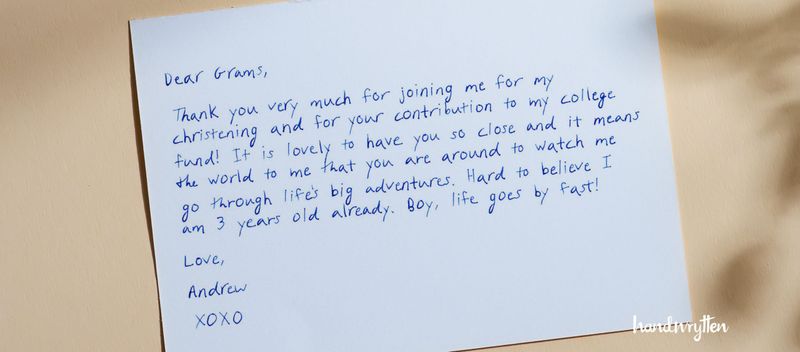
“Yours truly” or “With warmest regards”—closing salutations were miniature poems that revealed relationships. My childhood letters ended with elaborate signatures practicing different styles, while my father’s business correspondence always closed with his measured “Respectfully yours” above his perfect signature.
The evolution of closings tracked the development of relationships over time. Letters between my parents progressed from formal “Sincerely” to affectionate “All my love” as their courtship deepened, creating a written record of their growing intimacy.
Some people developed signature sign-offs unique to them. My favorite teacher always ended with “Curiously yours,” which perfectly captured her inquisitive spirit. These final flourishes gave letter writers a chance to reinforce their voice and relationship with the reader in ways a simple text signature can’t match.
10. The Subtle Art of Address Etiquette
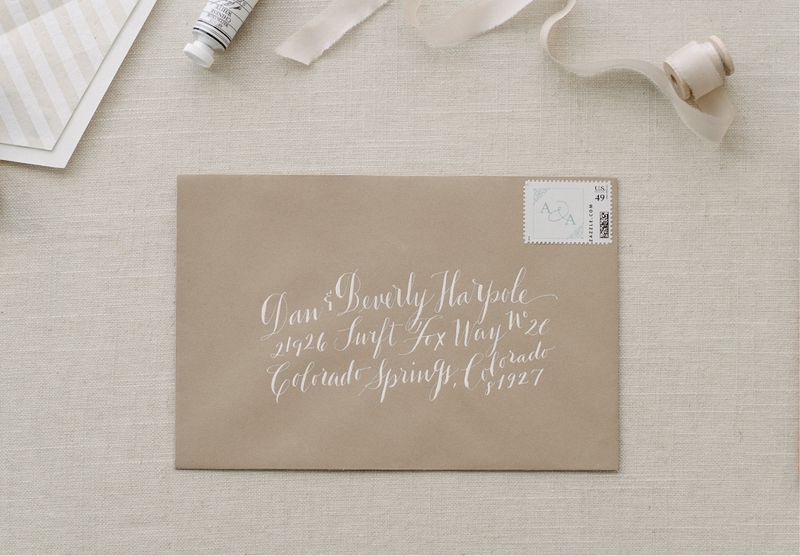
Addressing envelopes was a skill that spoke volumes about your upbringing! I still remember my mother’s horror when I addressed my aunt as “Mrs.” instead of “Dr.” on a thank-you note. The formality or informality of names and titles on envelopes established tone before a single word was read.
Beautiful handwriting on an envelope elevated the entire correspondence. Many people practiced their “envelope script”—a slightly more formal version of their everyday handwriting reserved for addresses. Some even used calligraphy pens specifically for this purpose.
The arrangement of address elements followed specific protocols that varied by country and purpose. My British relatives required an entirely different address format than my American ones, creating cultural distinctions visible at a glance. These subtle differences turned even the envelope into a meaningful part of the communication.
11. The Secret Language of Postscripts
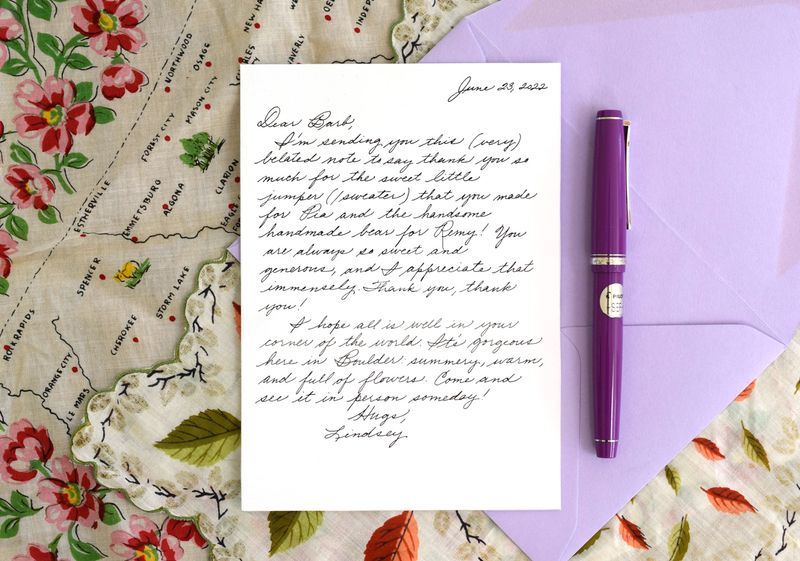
P.S. lines weren’t just forgotten afterthoughts—they were strategic communication gold! My grandmother always tucked her most important news into postscripts, knowing they’d be what I remembered most. These seemingly casual additions often contained the writer’s true purpose or most intimate revelations.
Historically, postscripts sometimes contained secret messages or information too sensitive for the main letter. During wartime, lovers developed codes hidden in seemingly innocent P.S. notes that would pass military censors while conveying crucial information.
The postscript created a different voice within the letter—often more casual, direct, or playful than the main text. I’ve kept letters where the formal body paled in significance compared to the brief, honest P.S. that revealed what the writer really wanted to say but couldn’t bring themselves to put in the official narrative.
12. The Mysterious Appeal of Wax Seals
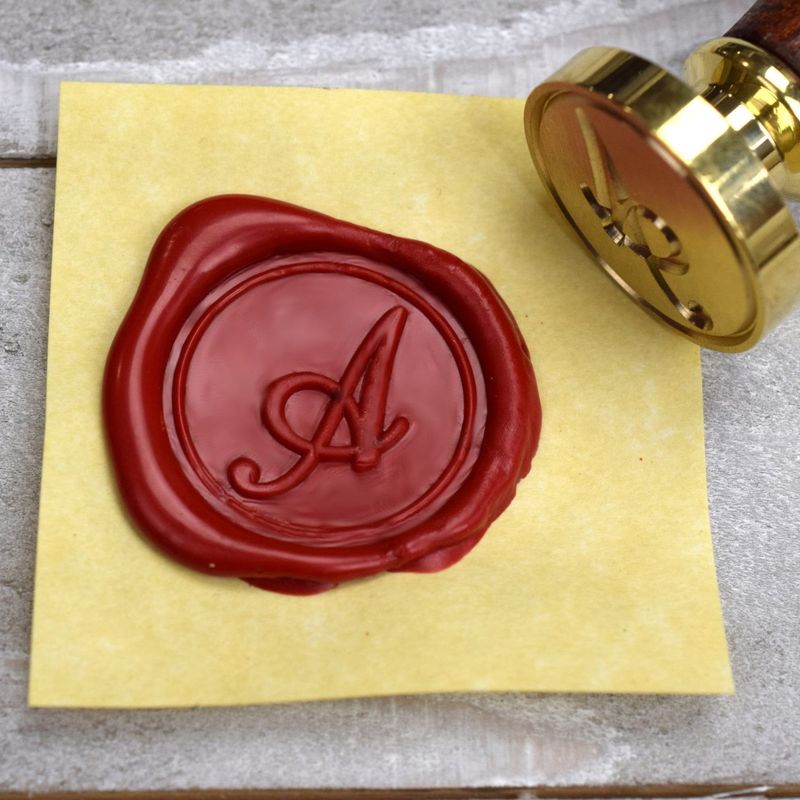
Melting colored wax and pressing your personal seal into it felt positively medieval! I saved my wax seal kit for truly special letters, loving how the hardened blob of burgundy wax with my initial transformed an ordinary envelope into something extraordinary. This small ceremony added both security and significance to important correspondence.
Each person’s seal became their signature mark, often featuring family crests, meaningful symbols, or decorative initials. The color of wax chosen could convey subtle messages—red for love, black for mourning, gold for celebration.
Breaking a seal created a physical threshold moment between receiving and reading. Unlike tearing open an envelope or clicking an email, the deliberate act of breaking someone’s personal seal acknowledged the transition into their private thoughts, adding ceremonial weight to the reading experience.
